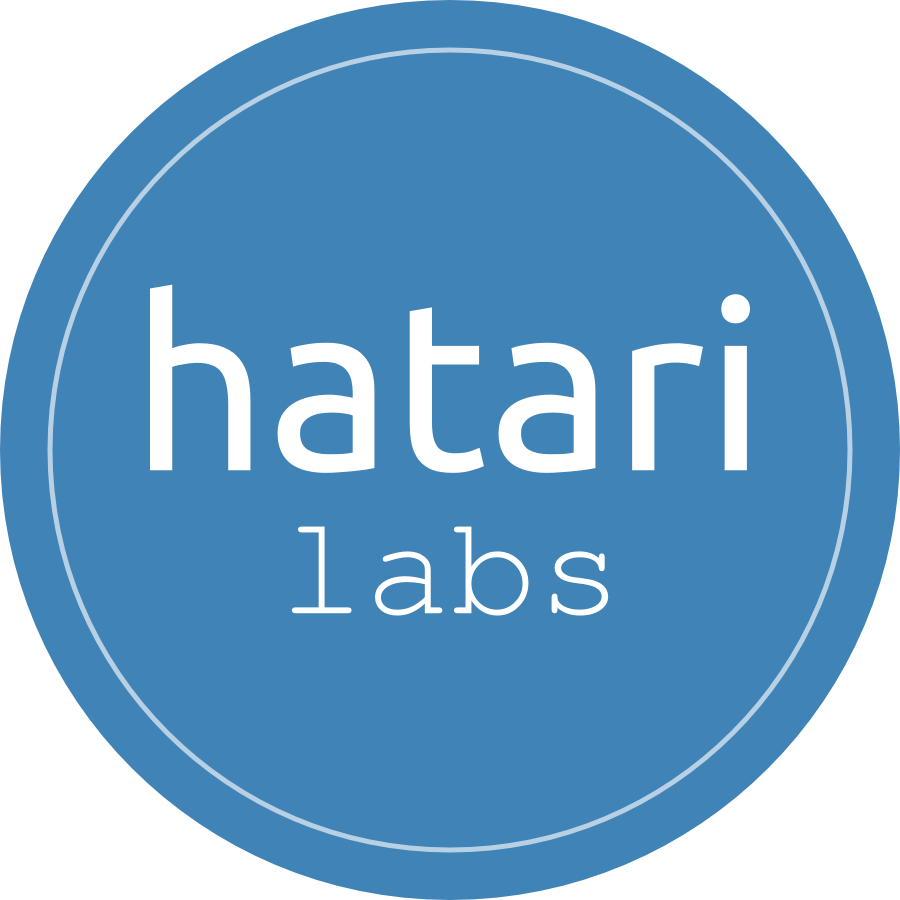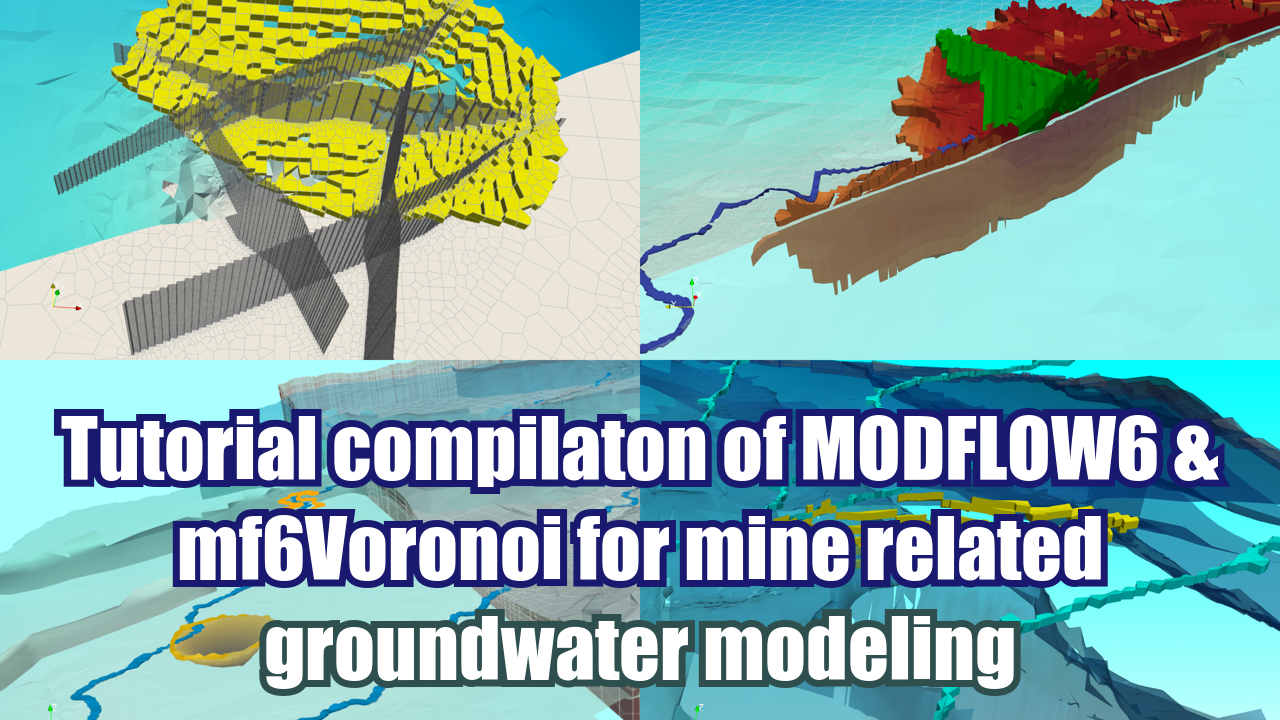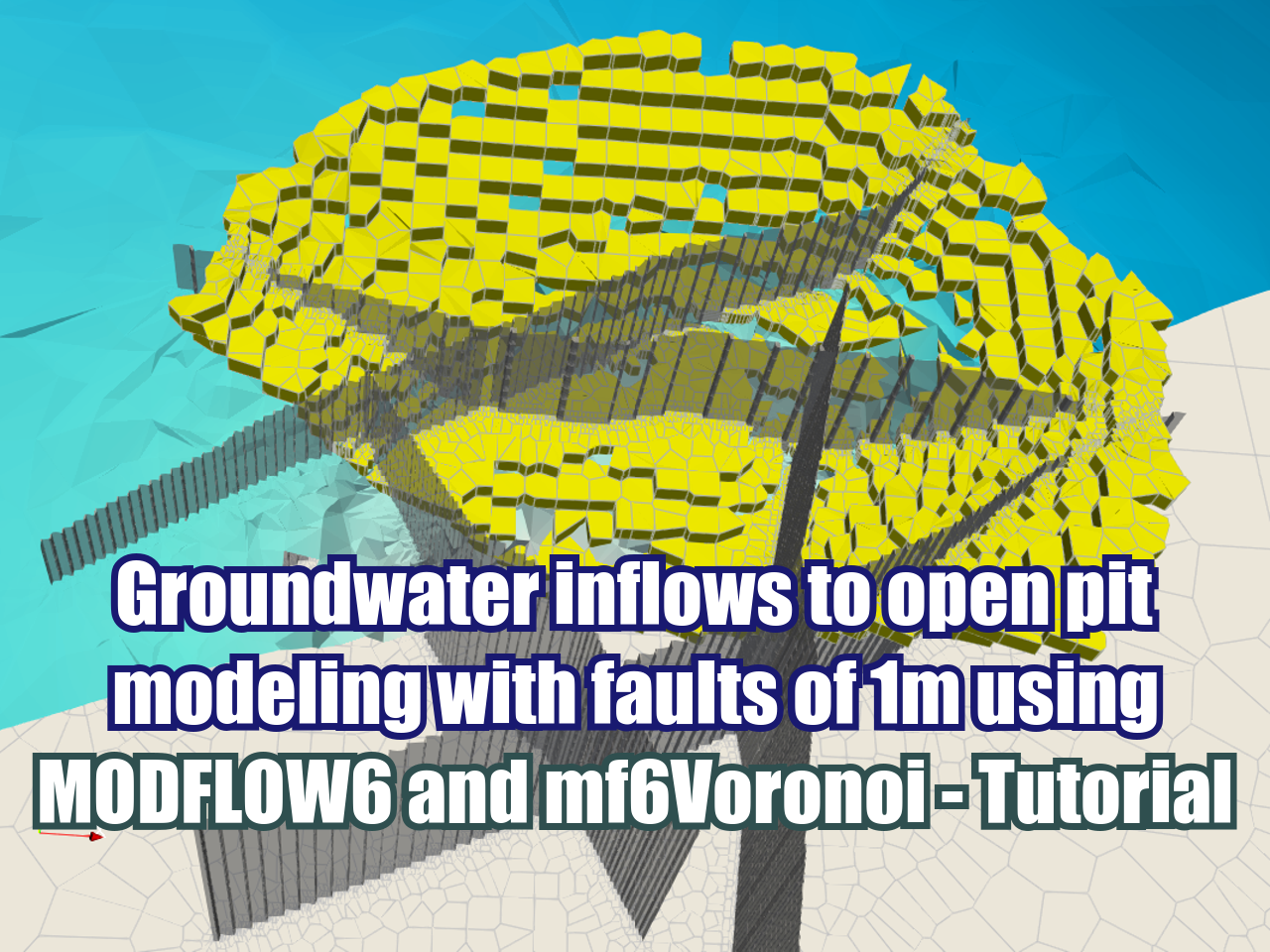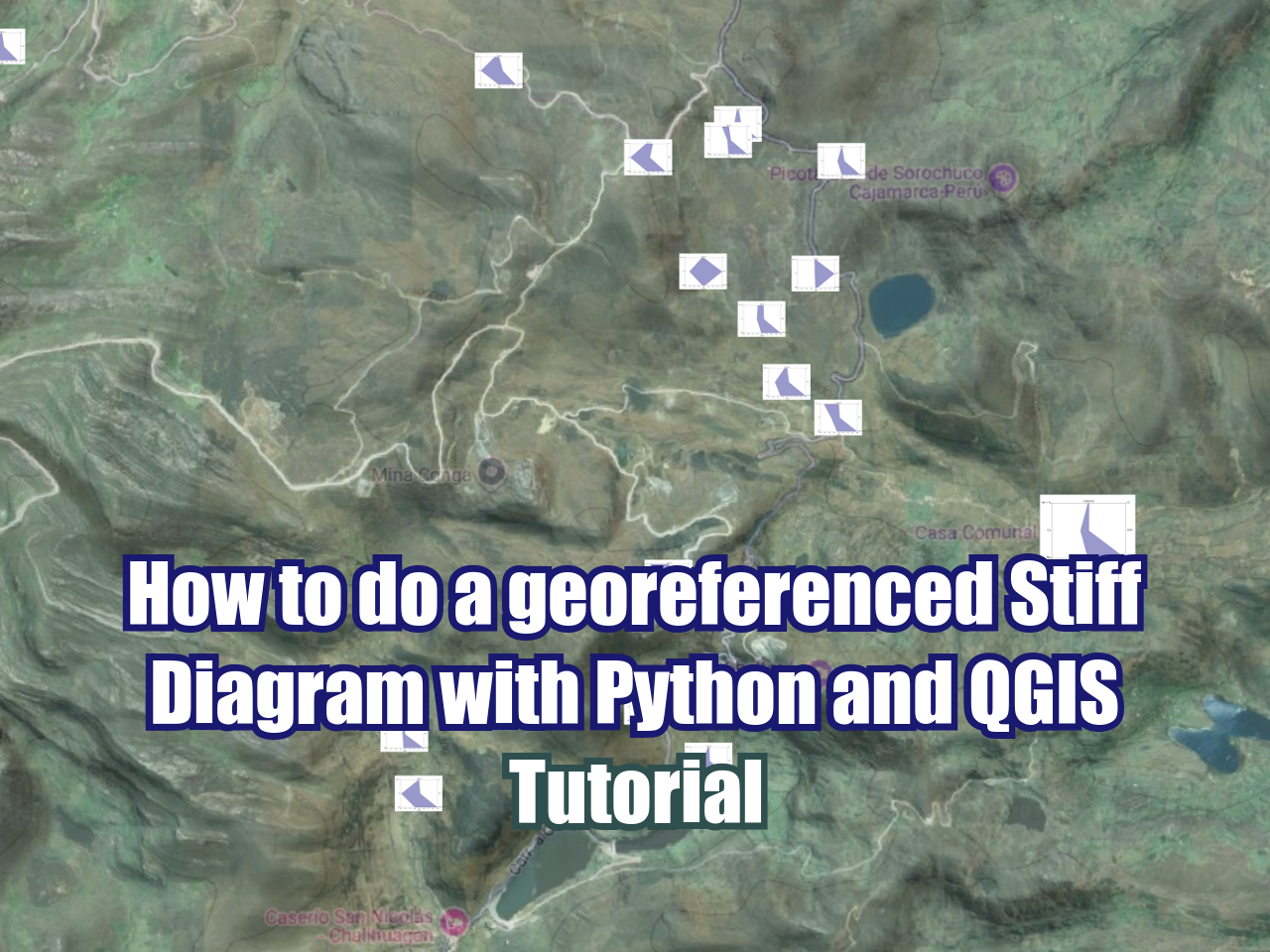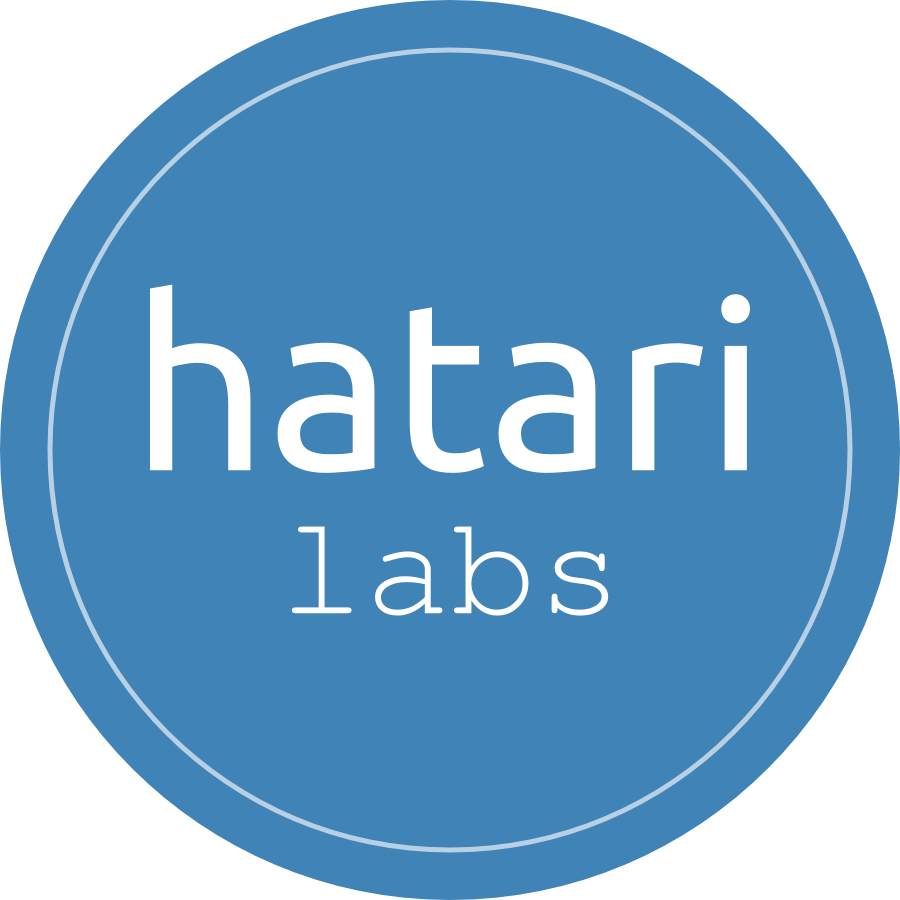Solubility and Thermodynamic Stability of Gypsum and Anhydrite with Water with Phreeqc
/PHREEQC version 3 is a computer program written in the C and C++ programming languages that is designed to perform a wide variety of aqueous geochemical calculations. PHREEQC implements several types of aqueous models: two ion-association aqueous models (the Lawrence Livermore National Laboratory model and WATEQ4F), a Pitzer specific-ion-interaction aqueous model, and the SIT (Specific ion Interaction Theory) aqueous model. Using any of these aqueous models, PHREEQC has capabilities for (1) speciation and saturation-index calculations; (2) batch-reaction and one-dimensional (1D) transport calculations with reversible and irreversible reactions.
This tutorial shows how to calculate the solubility and relative thermodynamic stability of two minerals, gypsum and anhydrit as a function of temperature at 1 atm.
Read More